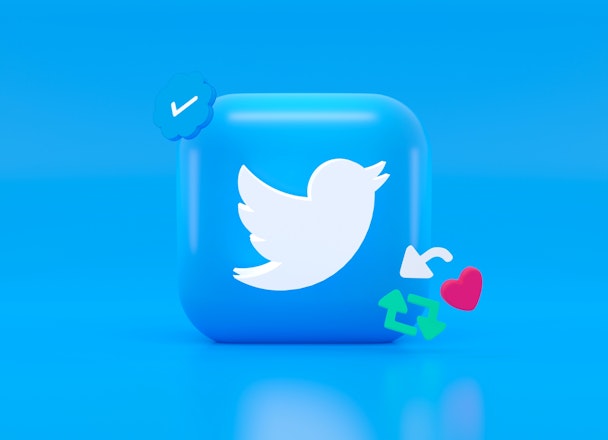Why Twitter’s blue ticks could make brands think twice about ad spend
Will they stay or will they go? Caroline Gosney of Make Honey reflects on how Elon Musk has alienated Twitter users by introducing paid blue ticks, and what this could mean for the future of advertising on the platform.

Is Twitter losing its edge? / Mariia Shalabaiev
Another week, another baffling decision by Elon Musk. This week it’s all about blue ticks, or the lack thereof.
Blue ticks used to be the gold standard on Twitter. They were launched in 2009 as a system to distinguish genuine account holders, like celebrities and organizations, from fake or parody accounts.
Until very recently, the blue tick meant that Twitter had taken steps to confirm that the account was owned by the person or organization it claimed to represent. It also meant that you or I could follow our favorite celebs or sports stars happy in the knowledge that we were actually reading tweets and seeing content created and written by them. Then, in October 2022, Elon Musk bought Twitter and social media went into meltdown.
Advertisement
Recap
Originally, Twitter was to remove legacy verification checkmarks on April 1st (the fact this was April Fool’s Day is not lost on us) which annoyed a lot of people who had spent not-so-inconsiderable amounts of time earning their blue tick.
These legacy checkmarks are the original blue ticks, they’re the way followers and users could ascertain that the person they were following was the real deal and not a guy in a basement somewhere in middle America worryingly into impersonating Madonna. But Twitter didn’t remove the checkmarks. Instead, they bolted on a subscription option.
Introducing ‘Twitter Blue’, an opt-in, monthly subscription that adds a blue tick to any account so anyone can pay for it. Can you see where the confusion might be coming from?
Yep, it’s that legacy ticks and Twitter Blue ticks are virtually indistinguishable from each other so it’s hard to know who’s earned it and who’s paid for it. And, under new rules, blue ticks that once showed official, verified accounts will start to be removed from accounts that don’t pay for it. So if you’re Adele but you don’t want to pay – no blue tick.
Advertisement
Ruffled feathers
Notable users have decided against paying for verification with LeBron James, William Shatner and the New York Times calling out the platform for removing certainty for accounts susceptible to impersonation and others like Elton John, Gigi Hadid and Meek Mill simply leaving altogether.
But celebrities are the tip of the iceberg and the biggest issue confronting the blue bird now is how those who use Twitter feel about the way the platform is changing. Once a thriving community for news, events, reactions and meeting likeminded people (Black Twitter, Book Twitter, Feminist Twitter – you get the idea) its lack of oversight under Musk and verification challenges have made it a prime platform for hate speech and disinformation. Why would users stay?
Suggested newsletters for you
The new verification plans also present a problem for brands. If you want to use Twitter as a marketing tool, you’d want to know that it’s the best place to spend your money and with an exodus of ‘cool’ names it’s harder to make a business case to spend there. Add to that the fact that unverified (non-paying) users are less likely to show up in the ‘For you’ stream of recommended tweets and streams from people you follow leading to a drop in engagement. Why would brands spend?
Rather than make the platform more egalitarian, Musk has managed to alienate the community as a whole and watch large swathes of personal and public accounts opting to leave the platform rather than pay to play.
And, with other channels like Reddit and Twitch stepping in to fill the subculture and community gaps, Twitter is losing its edge in a world where differentiation is everything. A transparent direction for the platform would help, but with Musk firing out volleys of insults and Trump-style rants, we could be waiting a while.
Content by The Drum Network member:

Make Honey
Make Honey is an award-winning communications agency that creates impact for brands. Our clients cut through the media maelstrom and secure sales through PR, content...
Find out more
